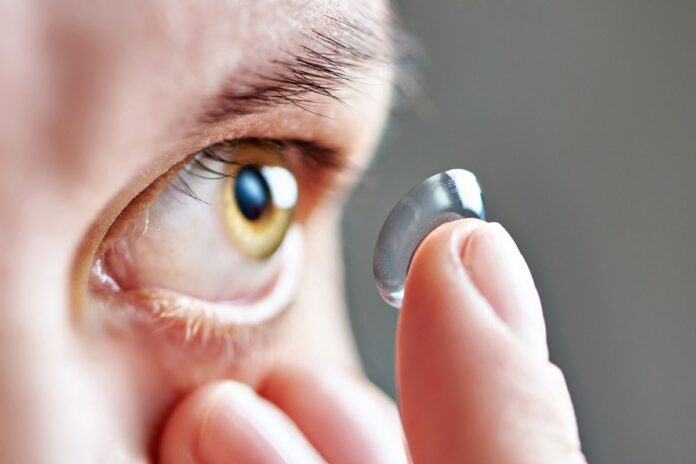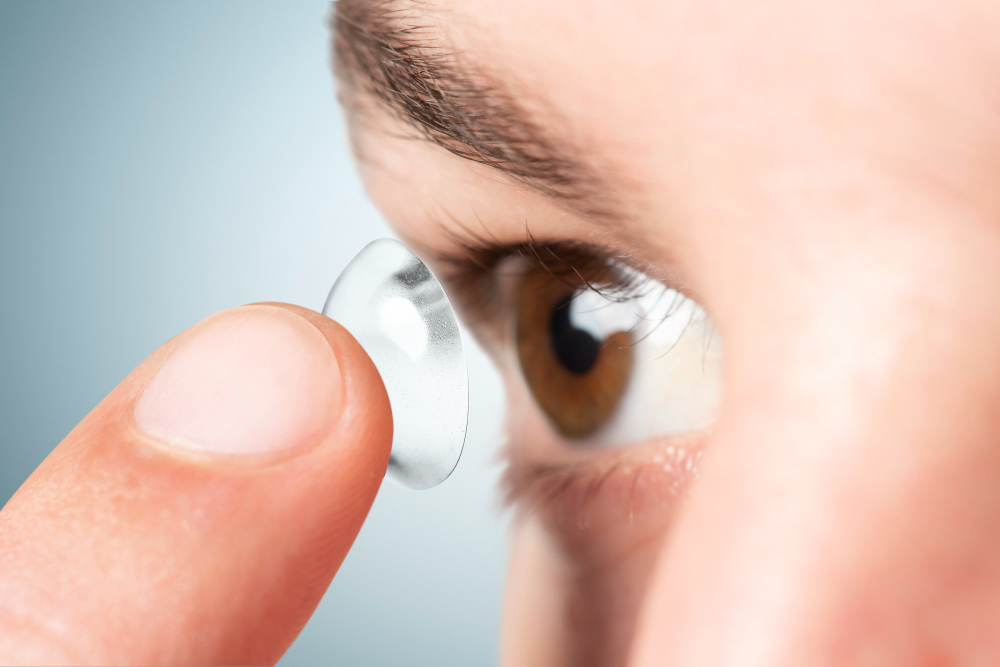
Specialty contact lenses are medical devices that correct vision problems. They can treat eye conditions like astigmatism, keratoconus, myopia, dry eyes, and irregular corneas. Contact lenses did not treat these problems in the past, but the advancements in the ophthalmologic field have made it possible.
Swati Kumar OD, FAAO opticians recommend specialty contacts if your eye cannot support a more typical soft hydrogel lens. For effective working, ensure your lenses are fitted and assessed properly. When placed incorrectly, lenses can cause redness, blurred vision, swelling, discharge, and corneal abrasions. There are many types of specialty contact lenses based on function. These lenses include:
Rigid gas-permeable (RGP) lenses

Rigid gas–permeable contact lenses are made of a stiff plastic that helps maintain their shape and allows ample oxygen to your eye. RGPs are durable and offer crisp vision. The stiff plastic makes them rigid and less likely to tear. They are harder than soft contacts, so you may take a long period before you get used to them, and they may feel more uncomfortable in the first days. When placed appropriately, they are beneficial to people with irregularly shaped corneas.
Toric lenses
Toric lenses address astigmatism. They are designed to sit in the correct position on your eye to help maintain clear vision. Toric lenses also treat other refractive issues related to astigmatism. Since every person’s eyes are unique, finding the right toric lenses may take a prolonged period. If your concern is astigmatism, be ready to try various types of toric lenses.
Scleral lenses

Scleral lenses do not sit at the top of your cornea as other contacts do. These lenses vault over the cornea and the rest on the white part of your eye. Scleral lenses have a large diameter ranging from fourteen point-five to twenty-five millimeters. If you cannot cope with the discomfort of others, scleral lenses are the best option because the sclera is less sensitive than the cornea. These lenses’ curves are filled with a fluid reservoir, so they are good for individuals with dry eyes.
Orthokeratology lenses
Orthokeratology lenses, also known as ortho-k, are rigid gas-permeable lenses you wear overnight. They gently reshape the front of your eye while you sleep. The effects of ortho-k contacts wear off once you remove the lenses, so you can go about your daily duties with clear vision without having contacts or glasses on. The corneal reshaping is temporary so ensure you wear your contacts every night.
Multifocal lenses

Multifocal lenses address multiple vision issues at once, like myopia and presbyopia. These contacts work similarly to bifocal glasses. Multifocal contact parts are made of different materials, which help them correct multiple problems.
Myopia control lenses
Myopia or nearsightedness is an eye condition where you cannot see distant objects, such as highway signs, but you can easily read a book up close. It can affect anyone at any age. Myopia control lenses help slow the progression of myopia in children.
Specialty contact lenses are medical devices that correct vision problems. There are many types of specialty contacts, including rigid gas-permeable, toric, scleral, orthokeratology, multifocal, and myopia control lenses. Schedule an appointment at Alamo Eye Care for specialty contact lenses to address your vision problem.








